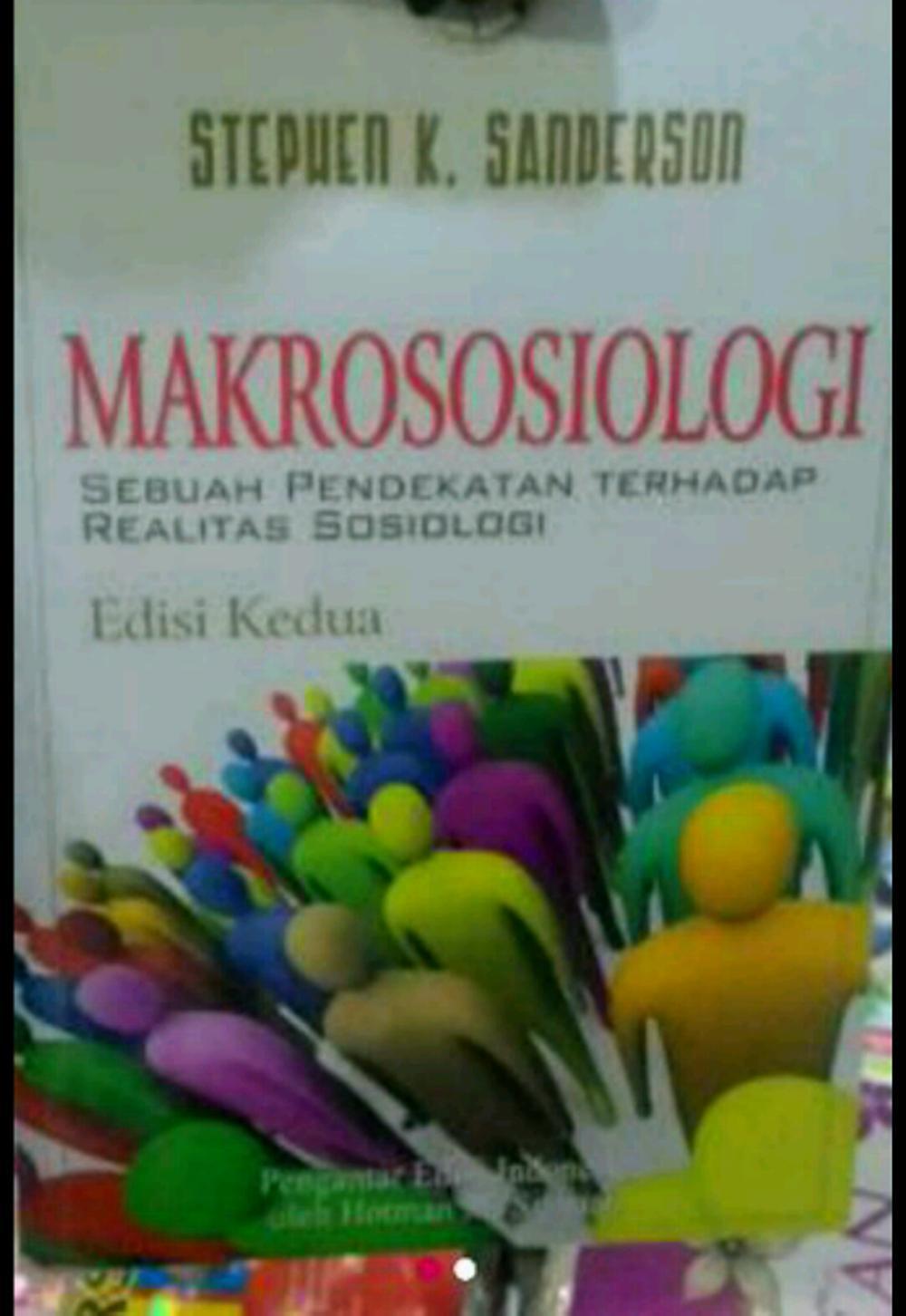
Theories of Human Communication
Eleventh Edition
The Eleventh Edition is organized around: (1) elements of the basic communication model—communicator, message, medium, and “beyond” human communication; and (2) communication contexts—relationship, group, organization, health, culture, and society. A new chapter discusses four frameworks by which theories can be organized; students can see how theories contribute to and are impacted by larger issues about the nature of inquiry. To provide comprehensive, up-to-date coverage of theories, the authors surveyed articles in communication journals published over the last five years. Each chapter covers an average of 13 theories, half of which are new to this edition. New areas covered include health, social media, and “beyond human communication”—communication between humans and nature, humans and objects, humans and technology, humans and the divine. “From the Source” boxes give students a look at the theorists behind the theories—their inspirations, motivations, and goals. Written in an accessible style, the book is ideal for upper-division undergraduate classes and as a comprehensive summary of major theories for the graduate level.
- ISBN 13 : 1478634774
- ISBN 10 : 9781478634775
- Judul : Theories of Human Communication
- Sub Judul : Eleventh Edition
- Pengarang : Stephen W. Littlejohn, Karen A. Foss, John G. Oetzel,
- Kategori : Language Arts & Disciplines
- Penerbit : Waveland Press
- Bahasa : en
- Tahun : 2016
- Halaman : 498
- Halaman : 498
- Google Book : https://play.google.com/store/books/details?id=yJ32DQAAQBAJ&source=gbs_api
-
Ketersediaan :
To provide comprehensive, up-to-date coverage of theories, the authors surveyed articles in communication journals published over the last five years. Each chapter covers an average of 13 theories, half of which are new to this edition.









